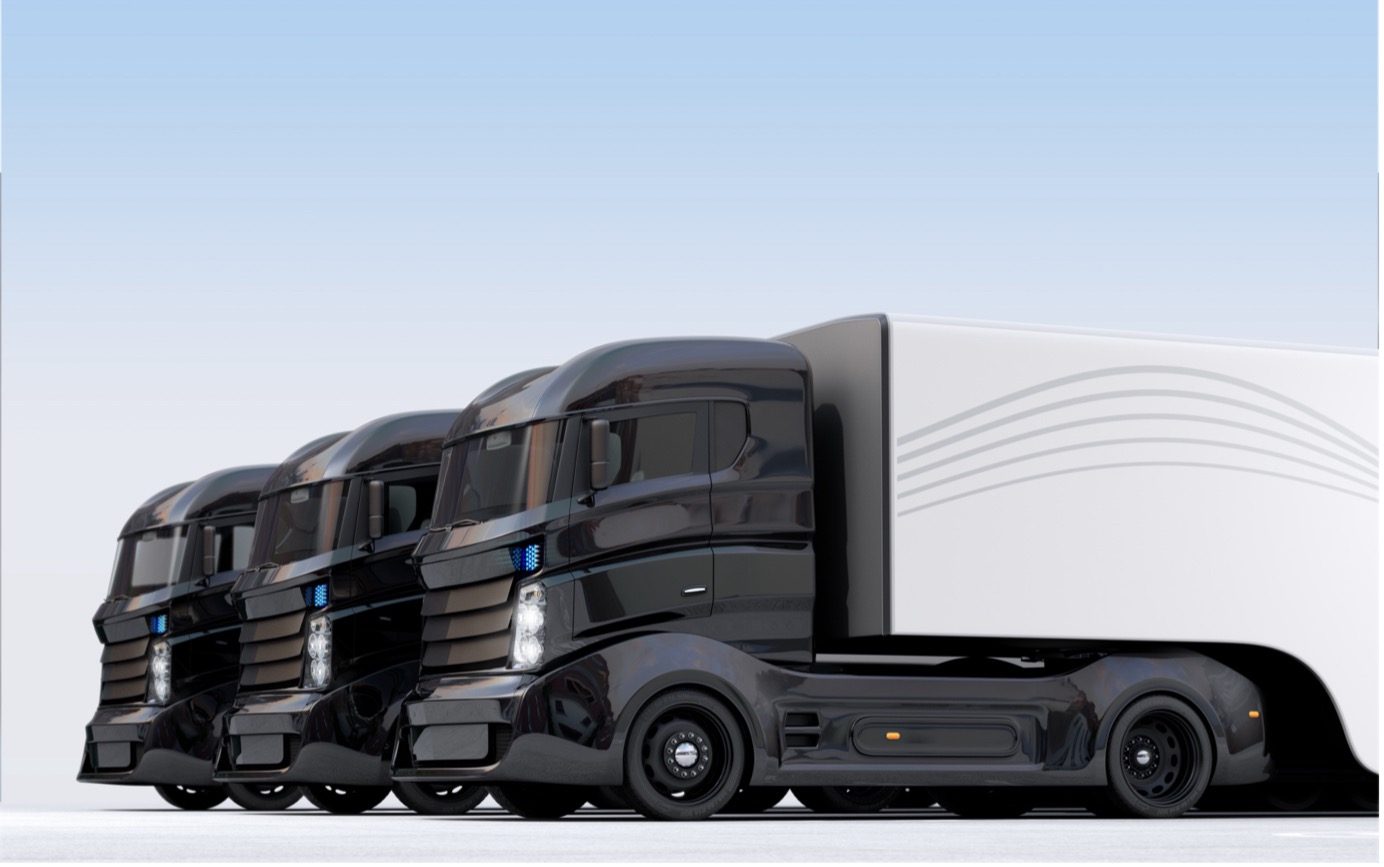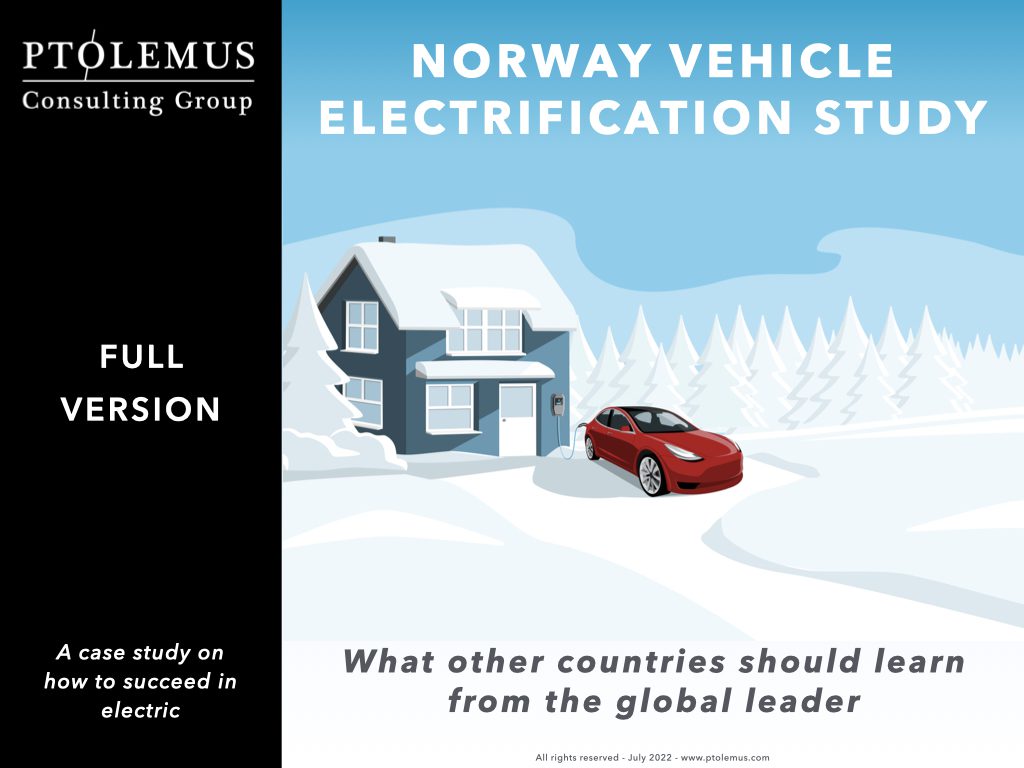Megawatt charging and the future of fleet electrification

Megawatt Charging System (MCS) is a term recently being used in the domain of the fleet electrification. It is expected that MCS will solve the waiting time issue for long-haul electric fleets.
Long-haul electric vehicles have the following limitations due to slow charging.
- Time loss to charge vehicles which makes long journeys untenable
- Carrying perishable goods which must be delivered on strict timelines
Long haul fleets such as electric trucks and electric buses with batteries of more than 500 kW will be ideal to utilise MCS technology. These MCS chargers can provide charging of more than 1 megawatt in an hour. It is expected that MCS chargers will provide a complete charge in less than 30 minutes for long-haul electric trucks and buses.
With the MCS, the following benefits could be achieved:
- Less waiting time for drivers
- Avoidance of long queues
- Availability of charging and parking
- Timely delivery of perishable goods
Will Megawatt charging systems end overnight charging at depots?
In the current scenario, MCS are more suitable for on-the-go charging in public charging stations. Combined Charging Systems (CCS )and level 2 charging can be better options for depot charging. In the long run, we expect depots and public charging stations will establish both CCS and MCS to charge vehicles with different specifications.
Will MCS create issues for new grid connections?
Fleet operators already face long waiting times for installation of a new connection to the grid. Lengthy approval times and long lead times for equipment such as transformers contribute to the waiting period. Besides, many depots are located in rural areas and have connections to the old grid and limited capacity to power high charging fleets. MCS will need high power from the grid which will require advanced wiring and transformers and grid capacity. Fleet operators and OEMs must work together with utility providers to ensure proper capacity for this new technology.
MCS is also expected to strain the grid itself. In the scenario when thousands of electric vehicles connect to an MCS simultaneously, enormous power could be extracted from the grid and there could substantial load on the grid or even blackouts in peak periods. This technology indicates that there will be a dire need for new power investments and provisions to cater to large battery EVs that will need MCS.
The way out for MCS
Zero emissions mandates must be coupled with new investment from governments in clean energy. With a dirty grid, electric fleets will not be able to reach zero emissions. Utility providers should also work to actively understand routes where there will be a grave need to install charging facilities to accommodate MCS. The price of 1 kWh with MCS charging should also be affordable for operators, otherwise, independent investors will likely look to invest in their own charging stations.
The MCS creates an array of opportunities and challenges. The future of fleet electrification is directly tied to that of MCS. In this regard, fleet operators, utility providers, OEMs and governments must work together to create solutions to facilitate the fast charging of electric fleets.
References
1. SAE
2. Charin
3. Zap Map
4. Foresight DK

